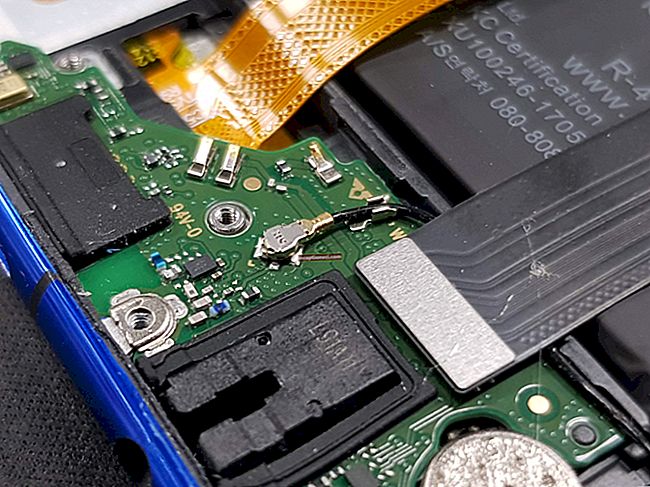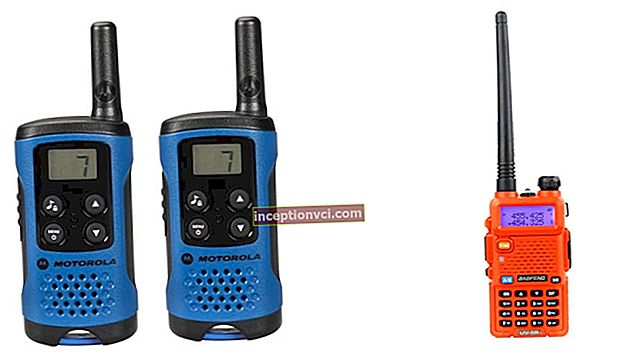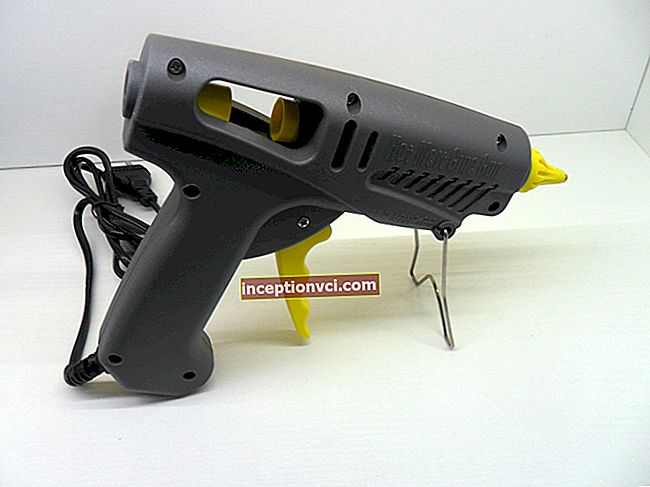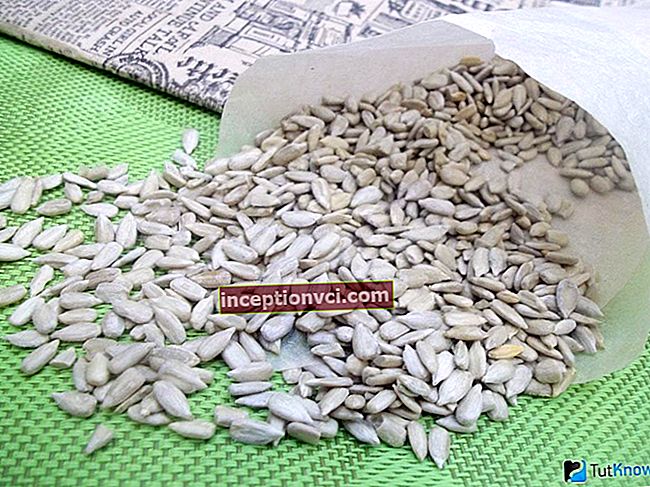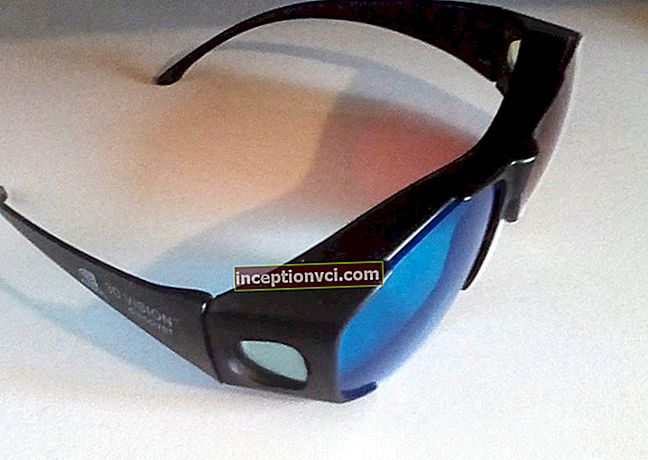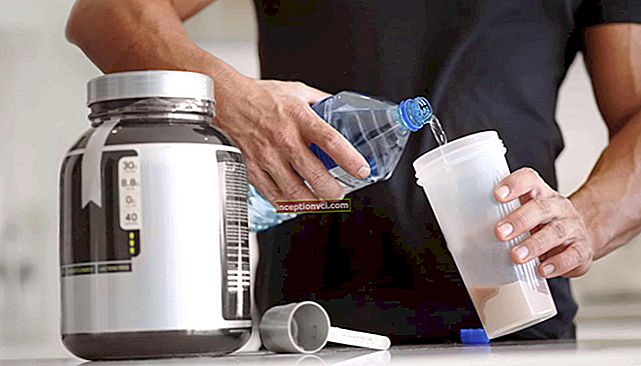How to choose a glucometer

The meter is designed for daily self-monitoring of blood sugar levels. It is an integral part of every diabetic kit. The norm of glucose in children under 14 years of age is 3.33 - 5.55 mol / l, in adults, the norm of glucose in the blood is 3.89 - 5.83 mol / l, from the age of 60 the level of glucose normally rises to 6.38 mol / l. If the blood sugar level drops below 3.5 mol / L, the process is called hypoglycemia.
Those with type 1 diabetes and receiving intensive insulin therapy should do 24-hour glucose monitoring. Measurements are taken on an empty stomach, before each main meal, 90-120 minutes after each main meal, before bedtime, and in addition, depending on the indications, at 24.00 and 3.00. Please note that depending on the results, patients must change their insulin dose.

Patients suffering from type 2 diabetes are treated with diet. They also need to monitor their glucose levels at least once a month. This includes measuring your glucose level in the morning on an empty stomach, 2 hours after each main meal, and before bed. If, along with the diet, the patient receives antidiabetic treatment with oral medications, then the glucose level is monitored once a week. If such a patient receives insulin, then it is recommended to carry out 1-2 daily glucose measurements, once a week and one monthly full daily control.
Although there are many blood glucose meters on the Ukrainian market, not all blood sugar meters are the same. There is no fundamental difference between glucometers from different manufacturers. At the same time, they differ in the type and number of features they offer. To find the meter that best suits your needs and lifestyle, take a few minutes to read this article and ask yourself the following questions:
1. Is meter size important to you?
Most of these devices are small: they have a length of 3 to 4 cm and vary in weight (50-100 grams). If you're going to carry your meter in a bag or backpack, size doesn't matter. But if you are going to carry it in your pocket, or you need it to fit into a small wallet, the dimensions of the device need to be taken into account. However, it should be noted that the small meter also has a very small display. So, if your vision isn't perfect, a small meter isn't the best choice. If you have really poor eyesight, you can also look at blood glucose meters designed specifically for people who are blind or visually impaired. They are large, with backlit screens and audio capabilities that speak to the test results.
2. How much blood is needed for analysis?
In the latest models of glucometers, the analysis requires only 0.3 μl (microliter) of blood (this is the volume that can fit at the tip of the needle). While most blood glucose meters use 1.0 μL or less of blood, there are some that require a little more to get more accurate readings. In my opinion, the amount of blood to be tested should be an important factor when choosing a meter, especially for children. In this case, the less blood, the better.
3. What is the internal memory of the glucose monitor?
Most modern blood glucose meters have a built-in memory that allows you to store your measurements. Some models have a minimum memory size (from 10 to 125 tests). Most blood glucose meters can store between 250 and 500 tests.For example, the LifeScan One Touch Ultra Easy meter has the ability to store up to 500 tests in memory. Some devices can show statistics for a certain period of time (week, month) and display the average value.

4. Is the meter communicating with a computer or other device?
This additional feature will help those who like to store and process information electronically. With the help of a special program, all data from the meter can be downloaded to your home computer and analyzed. A special program uses the data of the meter to build tables, graphs and diagrams.
5. What is the method of analysis and calibration of the result?
Modern glucometers measure sugar levels in different environments: in the blood or in the blood plasma. This is due to the different standards adopted in the importing countries of the devices. If the device has a blood plasma calibration, then from a drop of blood from a finger (capillary blood) the device will automatically recalculate the result in accordance with the value for blood plasma (blood analysis from a vein). Since the sugar in whole blood is lower than in plasma, we will see the difference between laboratory tests in the hospital and our own measurements. To obtain a whole blood result, divide the plasma result by 1.11. Thus, in order to correctly navigate the readings of the meter, it is important when buying it to be clear about the environment for which your meter is calibrated.
6. How much does the meter and test strips cost?
Cost is an important factor in any purchase. Some meters are available free of charge through exchange programs. In any case, if an endocrinologist recommended that you buy this device, do not rush to run to the pharmacy, because the prices in pharmacies are significantly higher than in online stores.
Newer models have OLED displays that are clear and crisp in bright sunlight or an optional calculator function.

Keep in mind that each device has a maximum error of up to 10-20%. For this reason, blood glucose meters should not be used to diagnose diabetes mellitus. It is not possible to diagnose diabetes on the basis of finger glucose analysis.
What else do you need to consider when using blood glucose meters? Determination of glucose may be incorrect as a result of:
using expired test strips;
errors in the coding of the test strips;
the use of disinfectants (alcohol, soap, creams, and so on);
high concentration of vitamin C in the body (overestimates the result);
decrease or increase in temperature and humidity (each meter is calibrated under specific atmospheric conditions);
low temperature at the puncture site (it is better to warm up cold fingers in warm water or lightly massage, which will help blood flow);
measurements from other parts of the hands than the fingertips (use a special puncture pen better).
Using these tips, you can minimize measurement errors with your meter. Please note that the meter, when used correctly, is an essential tool in diabetes management.
Thus, using all of the above, you will now easily understand the large flow of information that the manufacturers of modern glucometers provide today, trying to embellish their products in various ways. The knowledge gained will help you choose the most suitable option for a high-quality glucometer to obtain the necessary information about your health.



